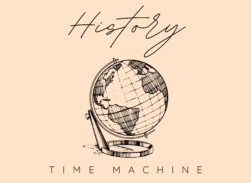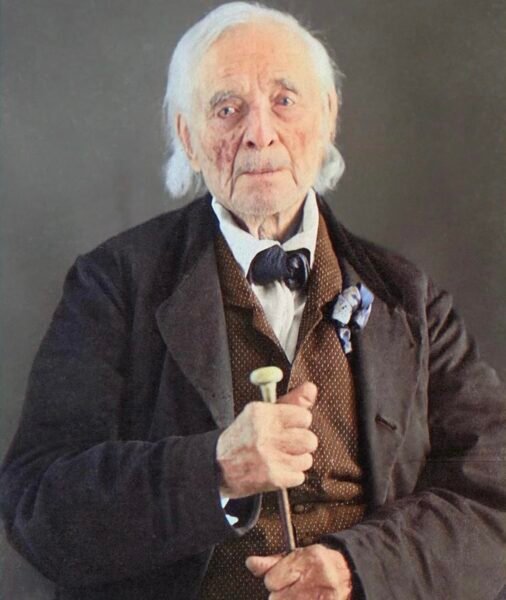Chapter 1: The Dawn of Letters (c. 1850-1550 BCE)
Once upon a time, in the lands of Egypt, Israel, Palestine, and Lebanon, the first seeds of modern alphabets were sown. Around 1850 BCE (or perhaps as late as 1550 BCE), the Proto-Sinaitic or Proto-Canaanite script emerged, marking the first chapter in our tale of alphabets. This early script was the grandparent of the Phoenician alphabet, setting the stage for a linguistic revolution.

Chapter 2: The Phoenician Phenomenon (c. 1050 BCE)
Fast forward a few centuries to 1050 BCE, and we find ourselves in the era of the Phoenicians. These ancient mariners weren’t just skilled at sailing the seas; they also developed an all-consonant alphabet that would sail across cultures and time. This Phoenician alphabet was the progenitor of the Semitic, Hebraic, and Arabic scripts, spreading its influence far and wide.
Chapter 3: The Greek Game-Changer (c. 800 BCE)
Now, let’s hop on our time machine and zoom ahead to 800 BCE. Here, we land in Greece, where the locals decided to shake things up a bit. They took the Phoenician alphabet and gave it a Greek twist, converting some of the consonants into vowels. This innovation was a game-changer, marking the birth of the Greek alphabet.
Chapter 4: The Roman and Cyrillic Offspring
But the story doesn’t end there. The Greek alphabet went on to parent the Roman and Cyrillic alphabets, spreading its influence even further. The Roman alphabet, in particular, would go on to become the most widely used writing system in the world, forming the basis for the English alphabet we use today.
Epilogue: The Legacy of Letters
And so, our journey through the history of alphabets comes to an end. From the Proto-Sinaitic script of 1850 BCE to the Greek innovations of 800 BCE, we’ve seen how alphabets have evolved and spread across cultures. These scripts have shaped the way we communicate, record history, and express our creativity. They are more than just letters on a page; they are the building blocks of human civilization.
So, the next time you jot down a note or type a message, take a moment to appreciate the millennia of history behind each letter. After all, every ‘A’, ‘B’, and ‘C’ has a story to tell!
To see the very latest news, non biased, visit HonestNewsNow.com
As an Amazon Associate we earn from qualifying purchases through some links in our articles.




